Kidney Stone BPH
When kidney stones occur along with BPH (enlarged prostate), treatment must address both conditions to prevent blockage and urinary issues. A combined urological approach ensures safe stone clearance and prostate management.
- Home
- Service
- Kidney Stone BPH
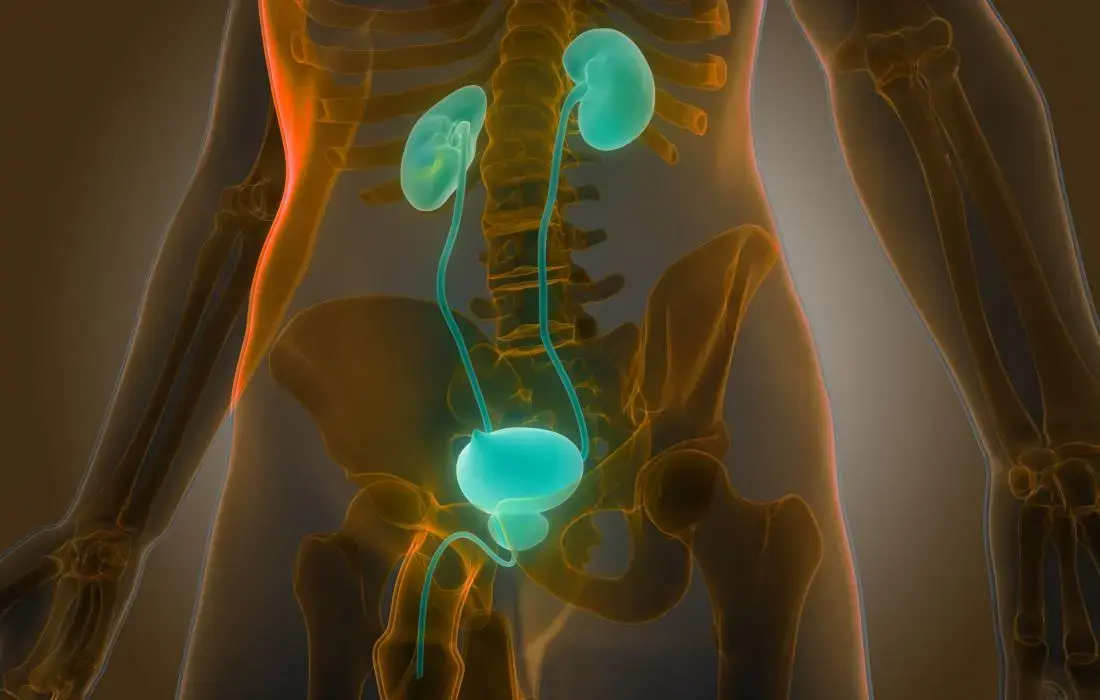
Description
BPH, or benign prostatic hyperplasia, is a non-cancerous enlargement of the prostate gland that can obstruct urine flow. When this condition coexists with kidney stones, it can worsen urinary retention, infections, and cause severe discomfort. The enlarged prostate prevents complete bladder emptying, which can lead to stone formation or block their natural passage.
Treating both kidney stones and BPH involves advanced diagnostic tests followed by a strategic treatment plan. Options include minimally invasive stone removal methods like URS or PCNL along with prostate procedures like TURP or laser enucleation. Addressing both conditions together helps improve urinary flow, relieve symptoms, and prevent future complications.
Treating both kidney stones and BPH involves advanced diagnostic tests followed by a strategic treatment plan. Options include minimally invasive stone removal methods like URS or PCNL along with prostate procedures like TURP or laser enucleation. Addressing both conditions together helps improve urinary flow, relieve symptoms, and prevent future complications.
Conditions Treated
- Kidney stones with urinary blockage
- BPH causing incomplete bladder emptying
- Recurrent urinary tract infections (UTIs)
- Hematuria (blood in urine) due to stones/BPH
- Difficulty or pain during urination
Tests and Treatments Offered
- Ultrasound KUB
- CT Scan
- Uroflowmetry
- Blood & Urine Tests
- TURP/Laser Enucleation
Contact Us
+91 81211 51389
Book Appointment
How it works
Procedure and Process Treatment
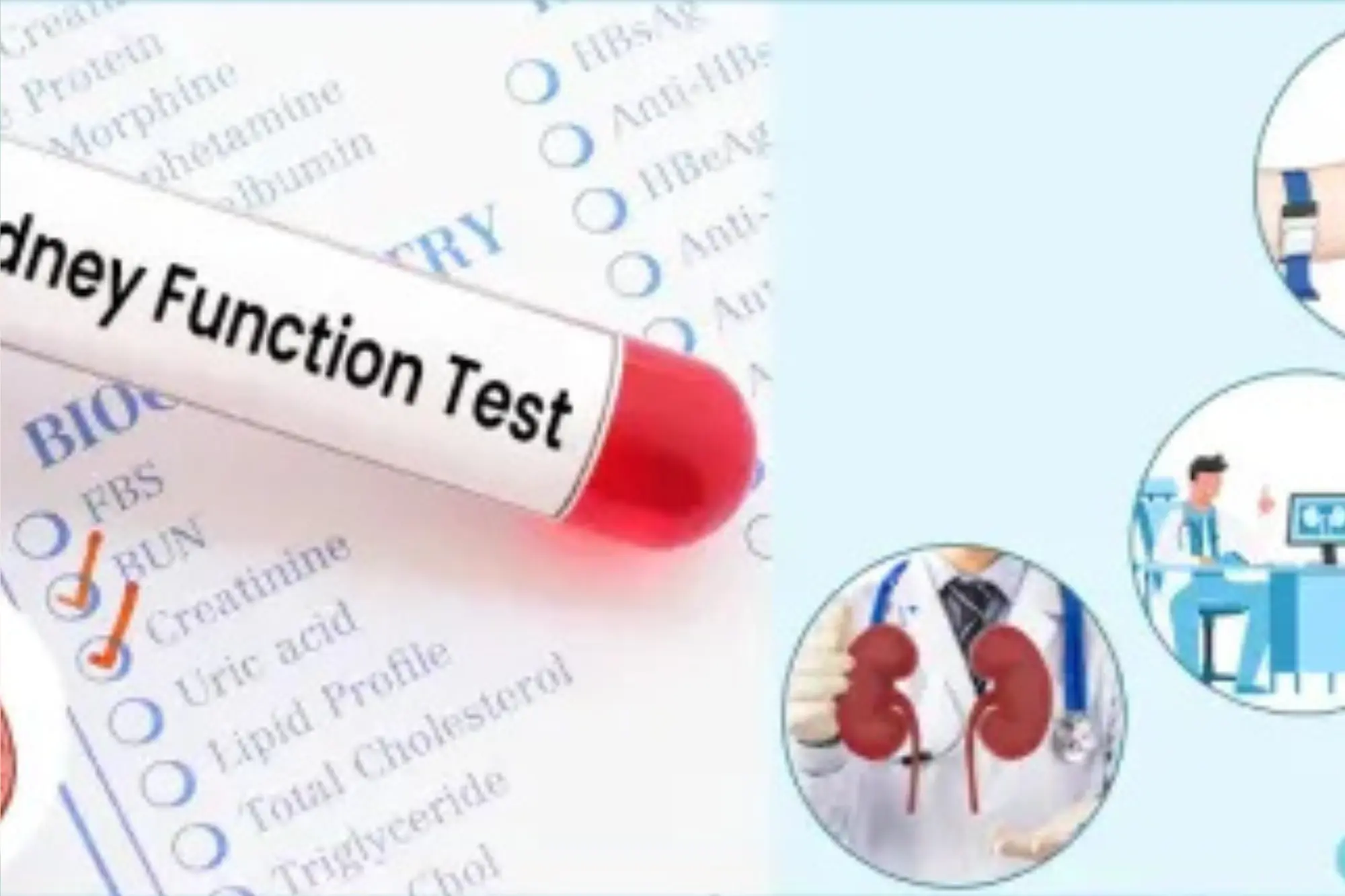
Comprehensive Diagnosis
Imaging and lab tests identify stone size, location, and prostate volume to plan dual treatment.
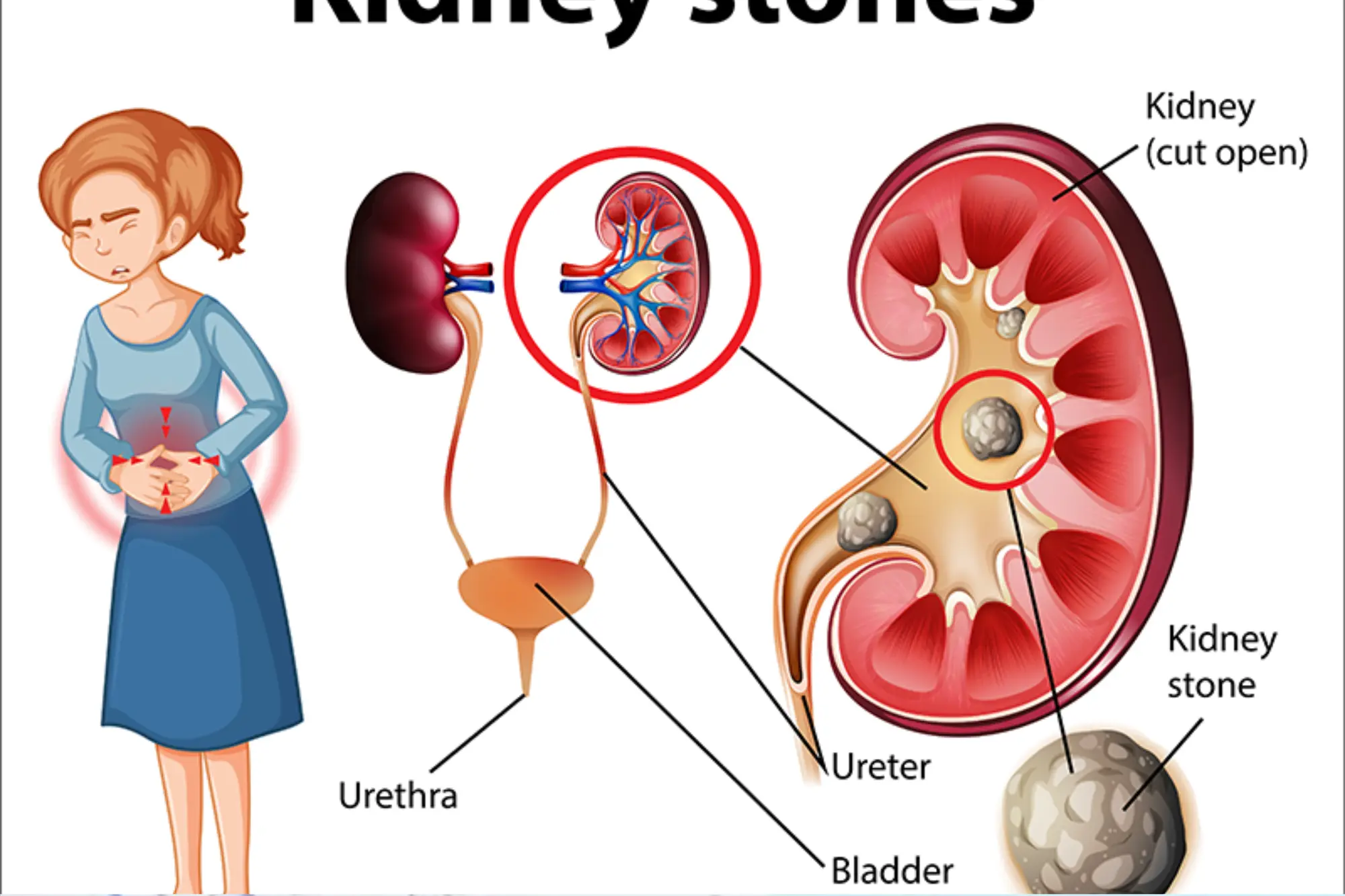
Stone Removal First
Stones are cleared using URS, RIRS, or PCNL depending on size and location.
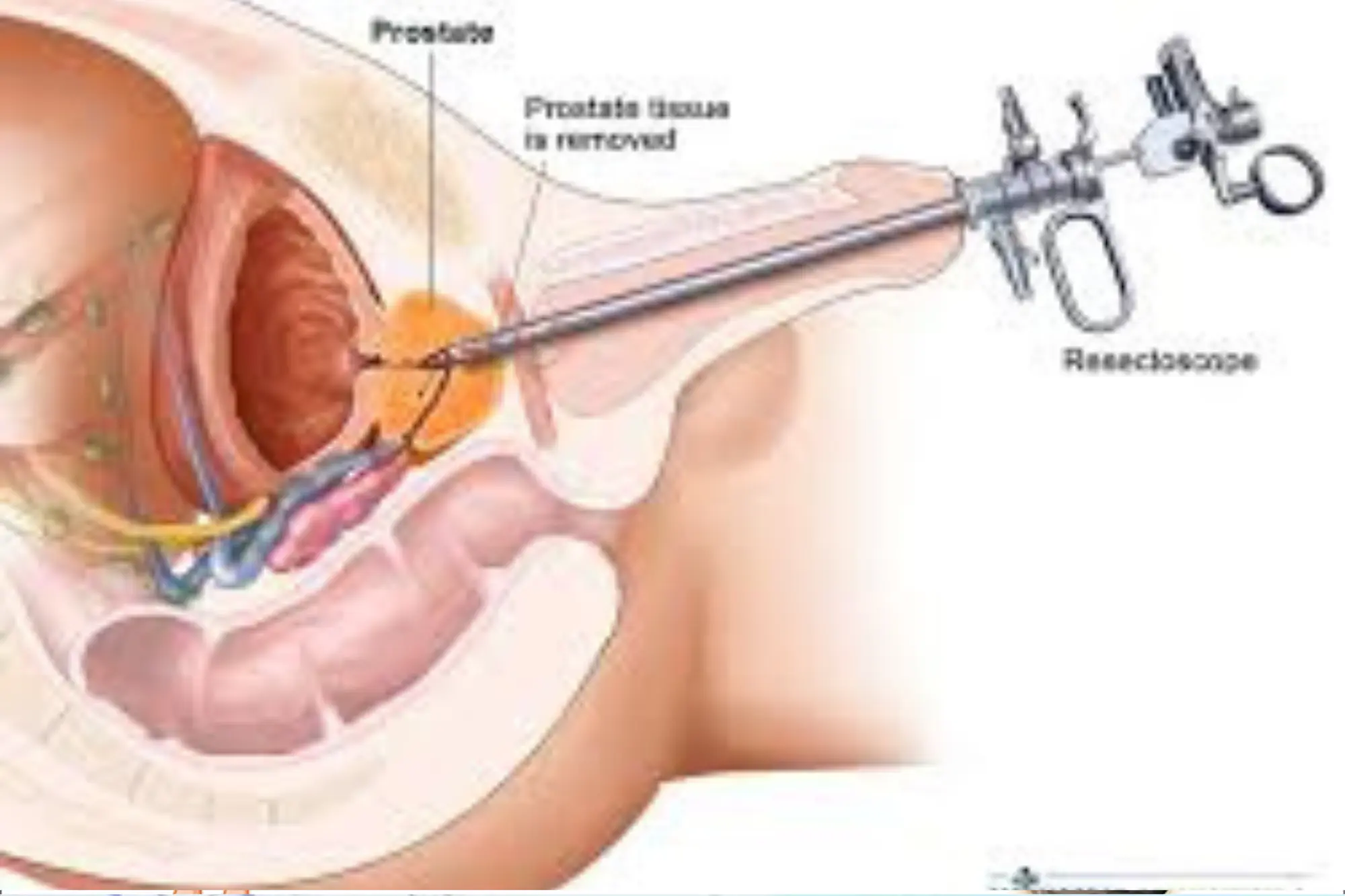
Prostate Treatment
TURP or laser enucleation is done to clear prostate blockage and restore urine flow.
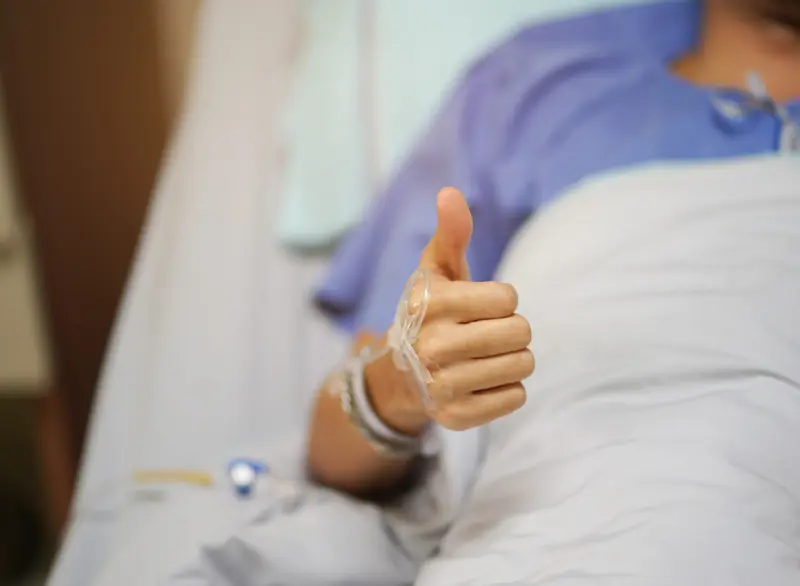
Post-Procedure Recovery
Catheter may be placed temporarily. Patients recover under observation with medications to aid healing.
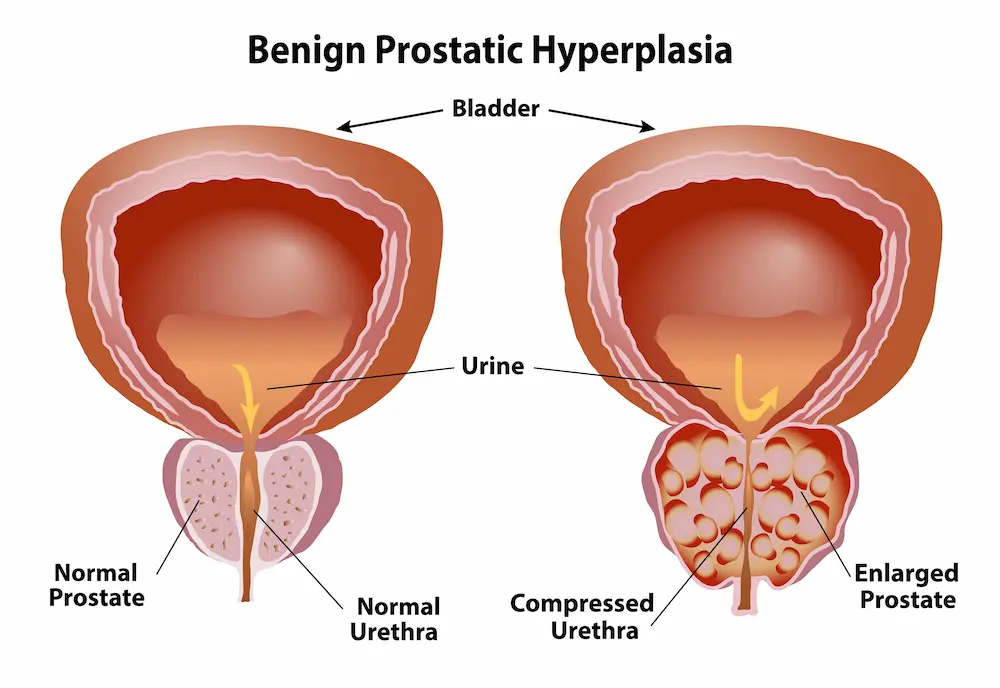
Freedom from Blockage and Pain – Together
Managing kidney stones and BPH in one treatment plan brings lasting relief. With the right surgical approach, urinary health is restored safely and effectively, avoiding repeat hospital visits.
Frequently Asked Questions
Here’s what many patients ask about combined kidney stone and BPH treatment:
Yes, in many cases both stone removal and prostate treatment can be done in one session to reduce recovery time.
Not always. The prostate size and symptoms determine whether TURP or other methods are required.
Most patients experience significant symptom relief within a few days of combined treatment.


